There is much more to Egypt besides the pyramids but let’s begin there and then look at other aspects of this ancient culture.
Egypt is at the northwest region of the continent of Africa.
Much of life in Egypt at the time was around the Nile River which provided rich soil and a source of water for the Egyptians.
The first tombs of Egyptian leaders were called “Mastabas”.
As time went on, more steps were added to the mastaba and the tomb was then referred to as a “stepped mastaba”.
The stepped pyramid at Saqqara is to have been designed by the architect Imhotep, the first architect of record in the ancient world.
Still standing at the stepped pyramid are the shrines built for the Pharaoh and the mastaba. Originally there was a wall that encircled what was considered a sacred area.
Below is a photo of what can be seen today.
You can see below the size of the original mastaba and compare it to the larger stepped mastaba.
Over time, the stepped pyramid was transformed into a pyramid with steep sides. This was done by first building the stepped pyramid and then filling in the sides with stone, covered with a limestone finish.
Surrounding the pyramid included structures such as temples, chapels and other tombs all of which were encircled by a stone wall.
My favorite funerary structure is that built by Queen Hatshepsut into a cliff. The temple is located close to the entrance of the Valley of the Kings in Egypt.
The layout of the temple is a good example of a strong axis and a column grid.
An axis is a straight line that leads to a structure or area of importance. The axis emphasizes what is at the end of the axis.
For example, in Washington DC, there is a strong axis between the Capital Building and the Lincoln Memorial with the Washington Monument in the middle of the axis.
In the plan below you can see the column grid in the temple.
The drawing below is how we lay out our columns today in any structure. The columns are in a straight line so that each column can equally take the weight of the floor or roof above.
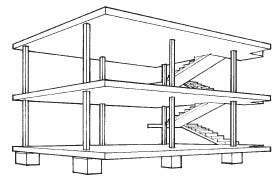
The top of a column is called the “column capital” and the images below show how they were decorated by the Egyptians.
The decorations was based on the natural environment around them, the Lotus flower, the Papyrus plant and the fronds of a palm tree.
When we see decorative column capitals today, usually in older buildings, they are similar to the Egyptian column capitals but different.
The Luxor Temple shown above included two obelisks at the entrance of the temple that represented balance. Each obelisk during this time was carved out of a single piece of red granite.
The obelisks were raised in honor of a king or queen’s accomplishments and also to honor the gods or a specific god. They were positioned so the first and last light of the day would touch their peaks to honor the sun god.
The Washington Monument is another example of a modern day obelisk.
Another design device we see today is the use of clerestory.
During the time the Egyptians were erecting temples, there was no method to carve out stone to create what today we call windows.
Instead, they left an openings between the wall of the temple and the roof to allow in air and sunlight.
We refer to this as clerestory and use it today to block a view or provide privacy but still allow in sunlight.
Some of the paintings on the walls of the tombs tell us about the lives of the Egyptians.

You can see grapes were grown to eat as fruit and also to make wine with. On the panel on the right you can see they made bread from wheat and the painting on the column shows craftsmen making useful objects.
The homes of most Egyptians were simple. In the yard would be a shop for artisans, a simple oven for baking and cooking and maybe some chickens or ducks running around.
On the ground level of the home on the inside there would be what we might call a kitchen and an open space for eating, sleeping and entertaining guests.
Many times, people would enjoy the cool night air for visitng and sleeping on the roof on warm days.
In my class on Egyptian architecture and design, I ask the students to use one or two aspects of ancient Egyptian life based on the images shown above, and use them in their own design of a modern structure.
What can you come up with?
-Dora Taylor
You can find more about my architecture classes for young students at Architecture 101 for Kids and Teens.
I also offer an Architecture 101 for All Substack site for adults that provides more complexity in the subjects I write about along with everyday issues in design and architecture.

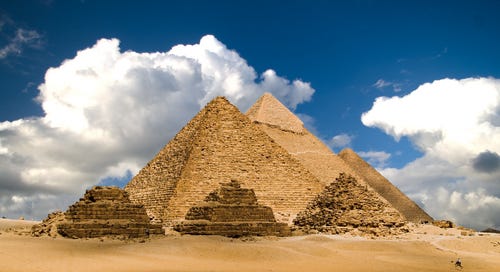







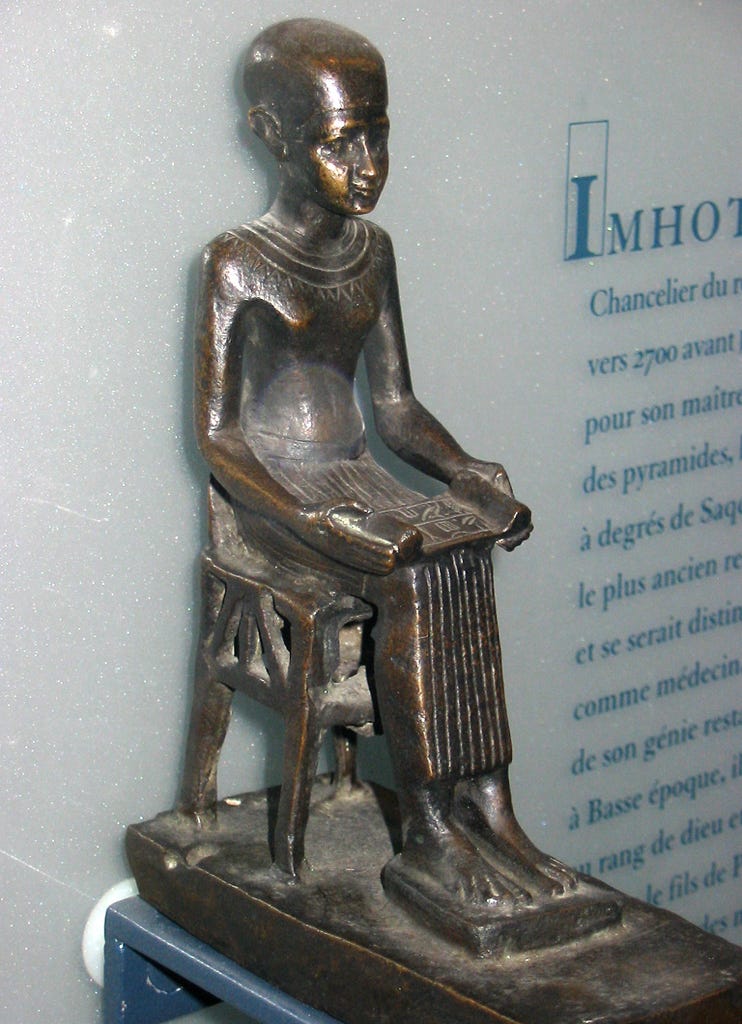
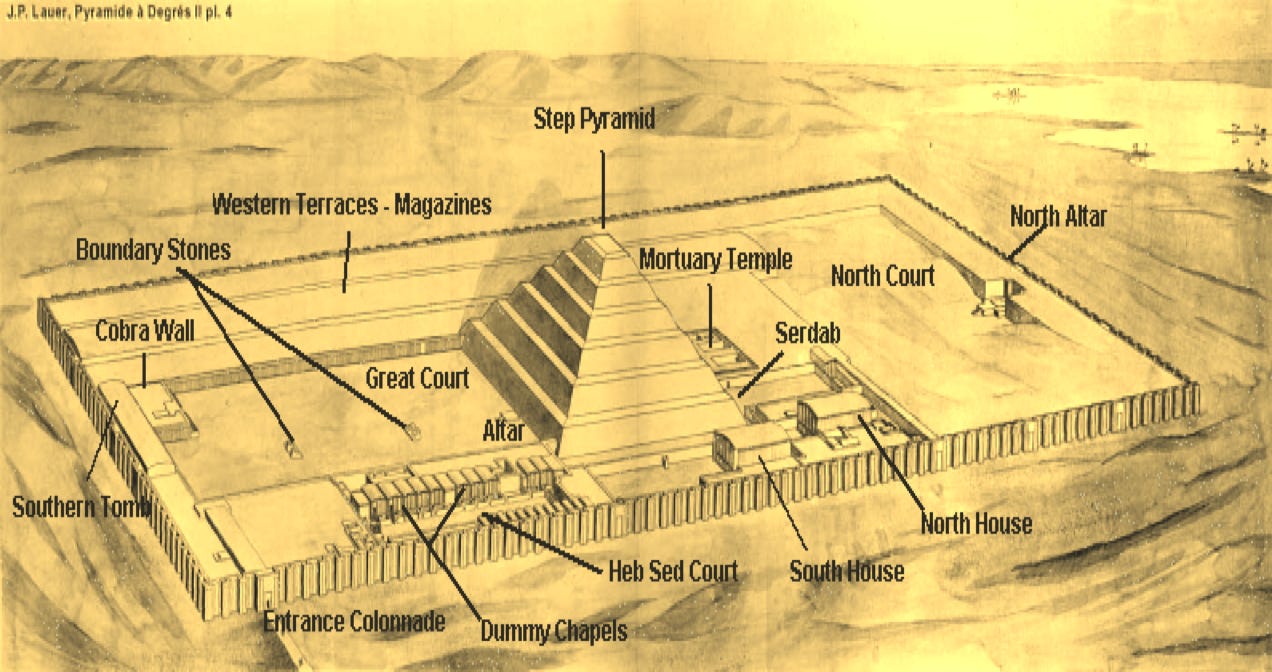





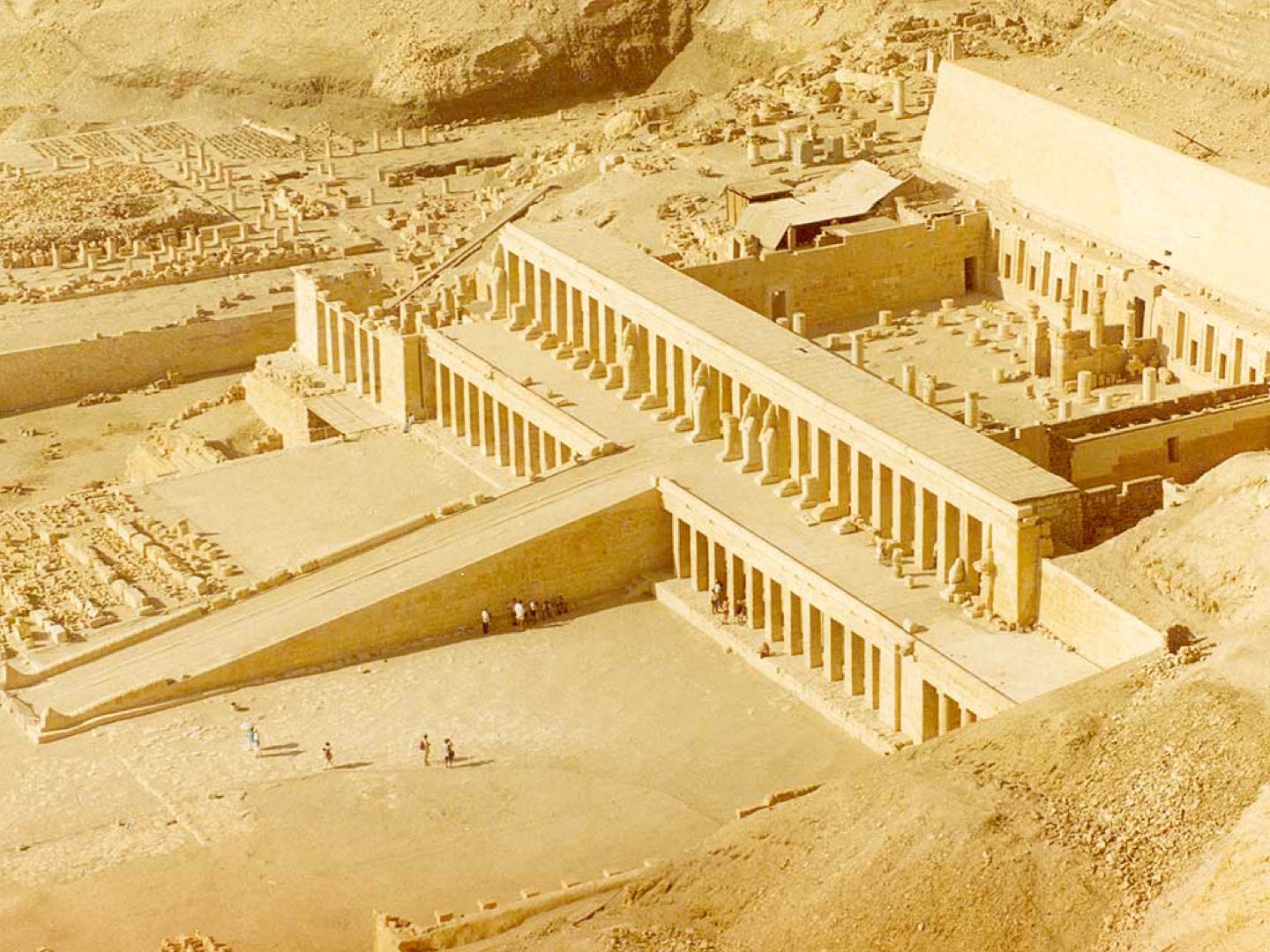

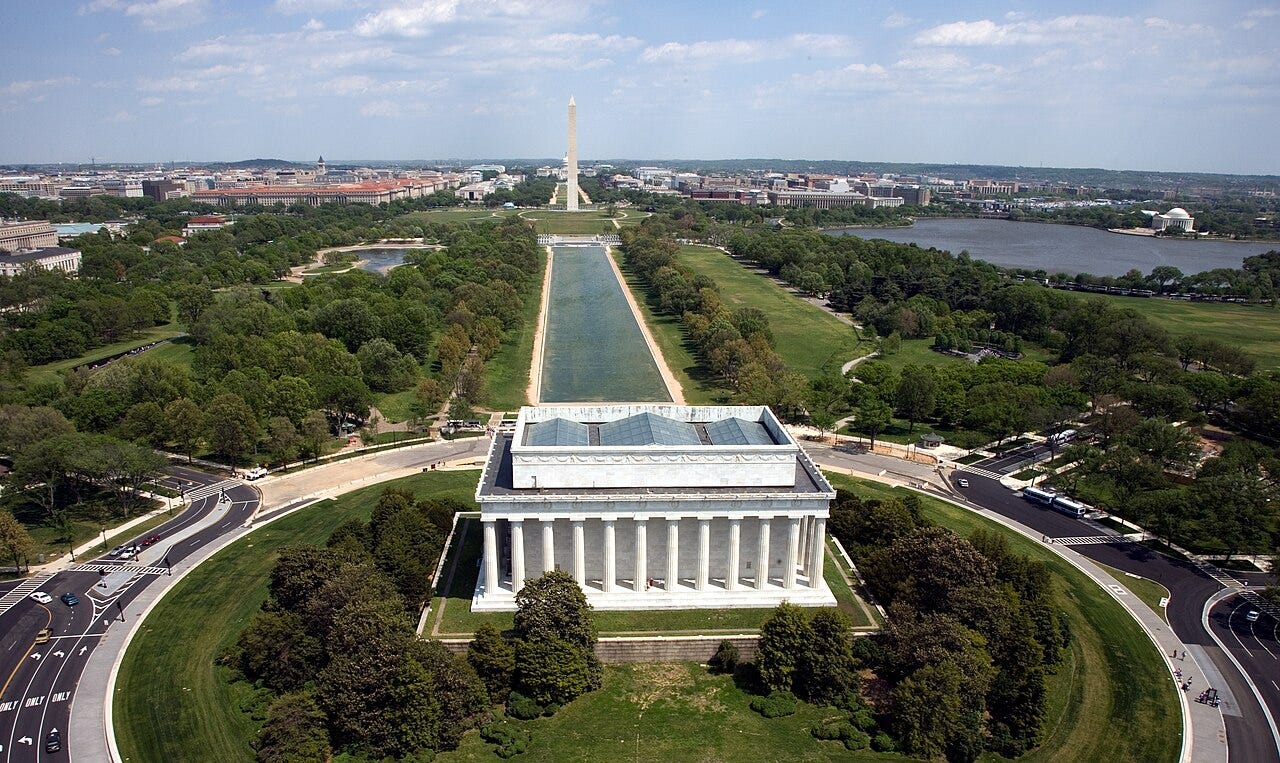
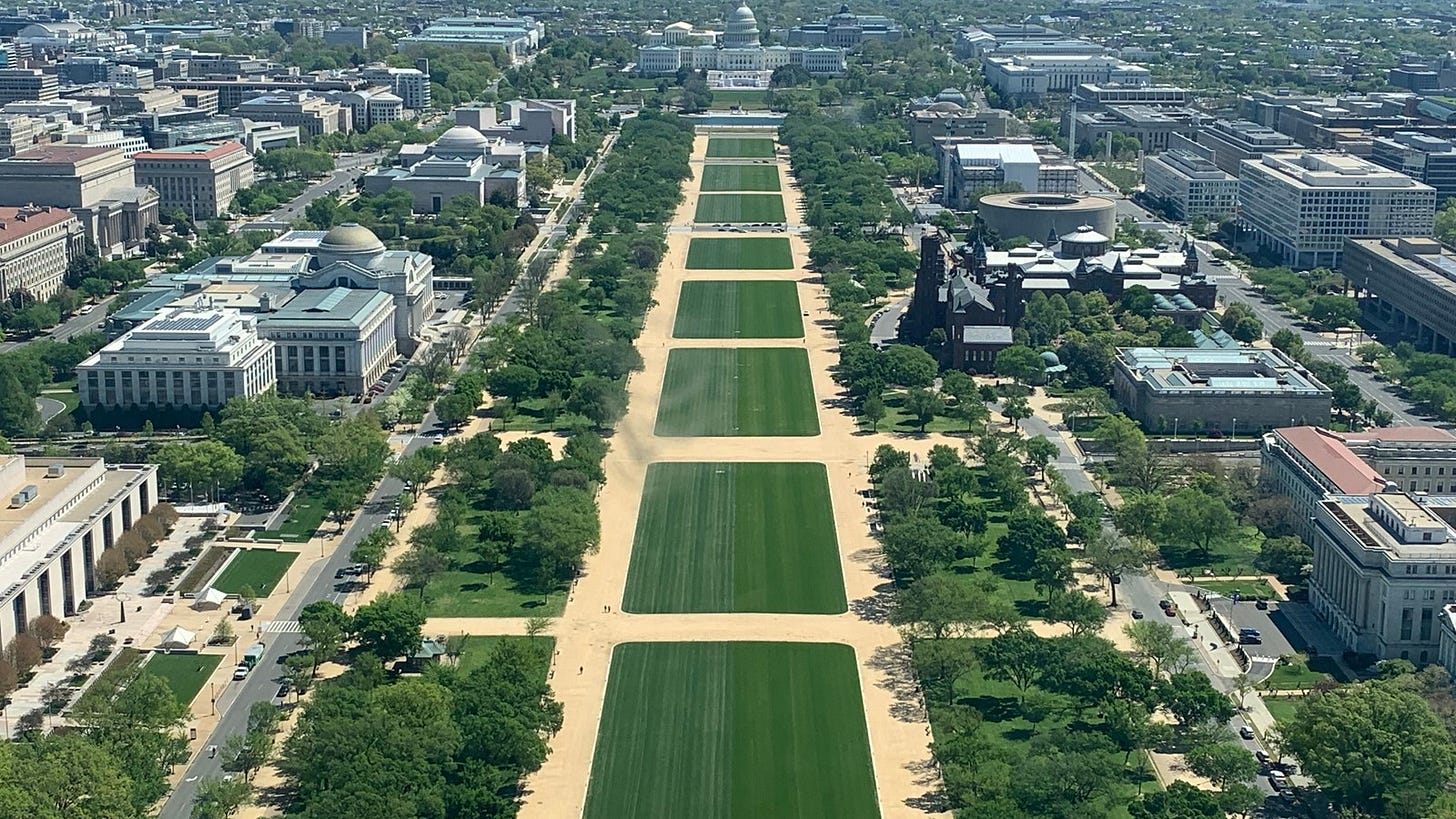




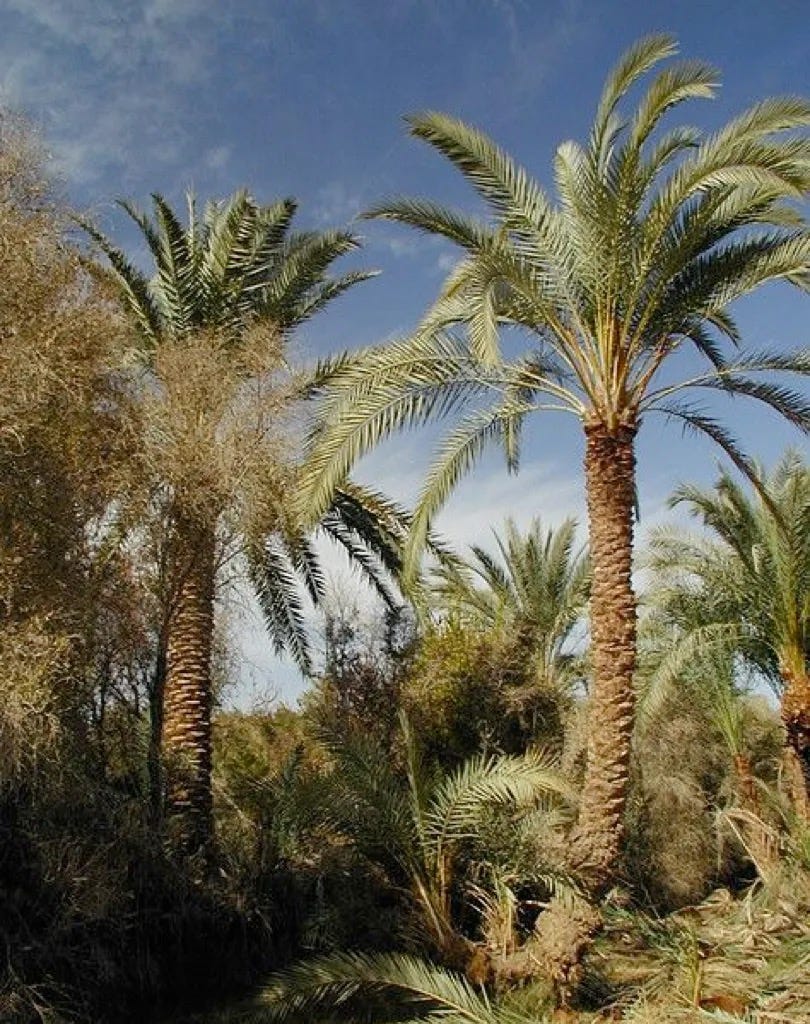
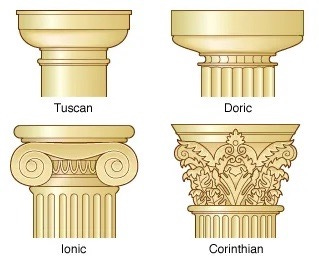

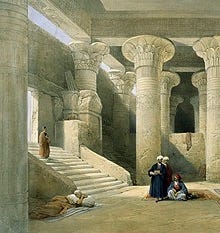



Nice explication and overview ......abraço Dora